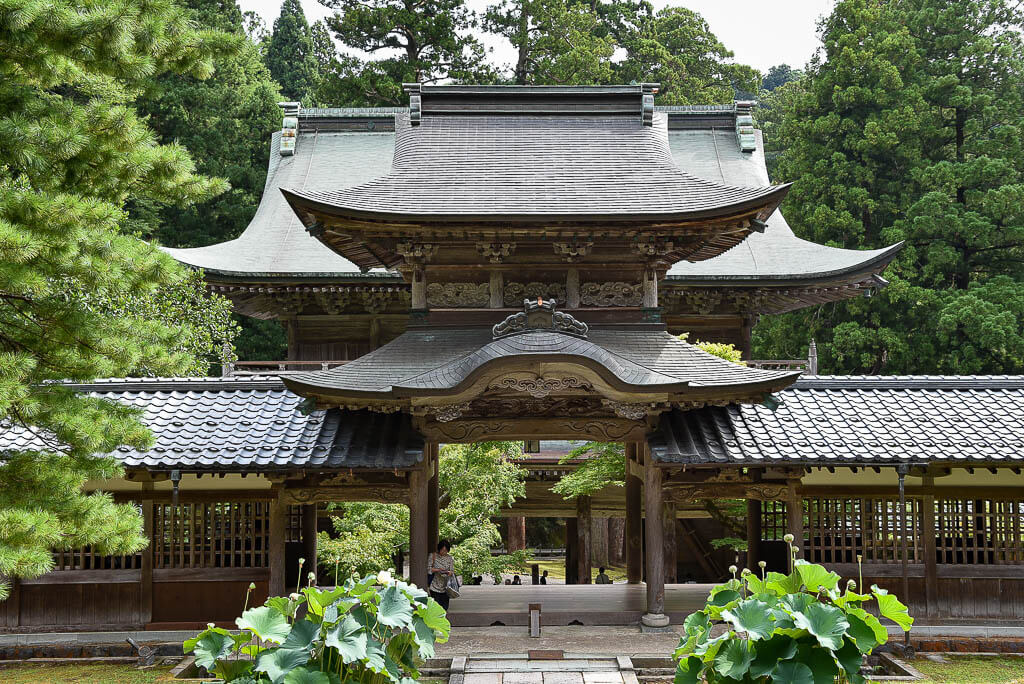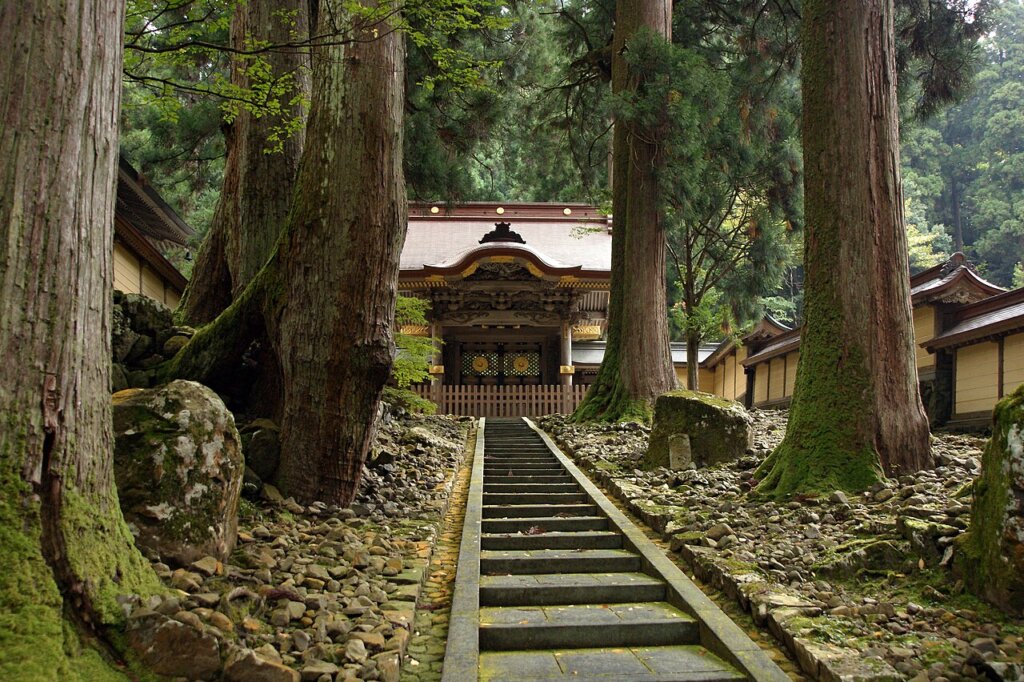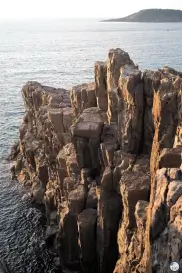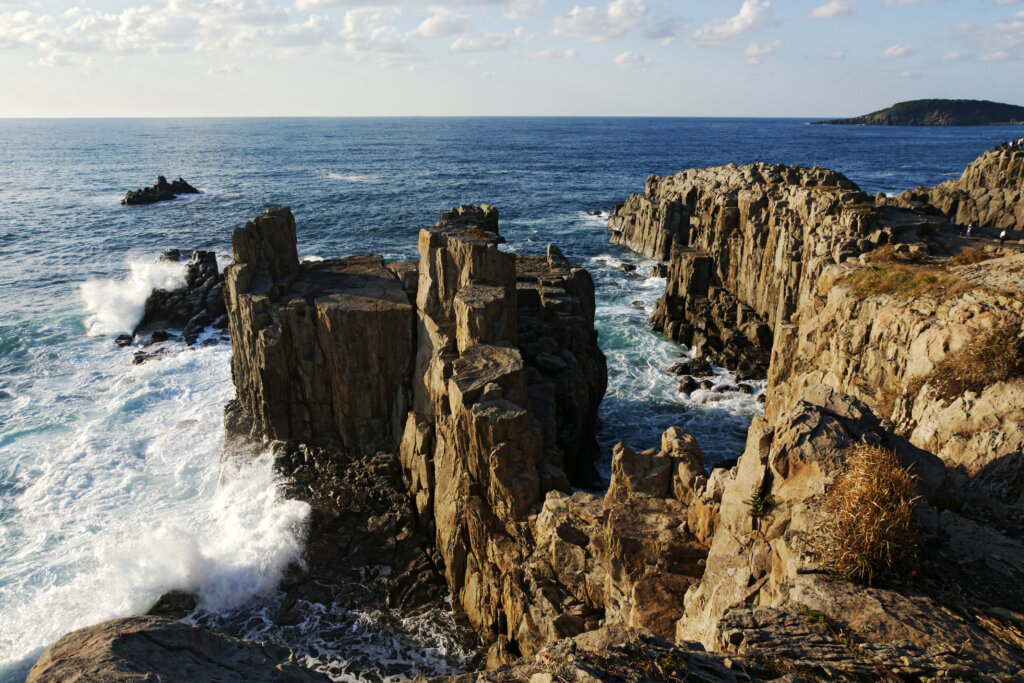GOING SOLO IN JAPAN – 6 JAPAN ( EAST ) Last Updated: July 18, 2022
While we were in Maizuru we had a car available for our use. So over weekends we used to drive around to interesting places. Our earlier visit was to Amanohashidate, going west along the coast. This time we decided to drive along the coast towards the East.
We wanted to visit three interesting places.
Eiheji Temple


Our travel from Maizuru going east started with Eiheji Temple which is a Zen temple.
The surroundings and structures around are beautiful. Spread over a hillside, the complex is surrounded by cedar trees, some 100 feet (30 m) tall and as old as the temple. It is surrounded by bright green moss-covered boulders, and Japanese maples that turn red and gold during autumn.
Another attraction for us was that they serve vegetarian meals. But alas we were disappointed. One has to register in advance. And that we didn’t know.
It is a large temple complex and active monastery standing on a cedar-covered slope in the mountains just outside Fukui City. The temple was founded in 1244 by Dogen, the Buddhist scholar who introduced Soto Zen from China to Japan in 1228. Eiheiji is one of two head temples of the Soto Sect of Zen Buddhism (the other was formerly the Sojiji Temple on the Noto Peninsula before its head functions were transferred to Yokohama).
Eihei-ji is located about 15 km (9 mi) east of Fukui in Fukui Prefecture, Japan. In English, its name means “temple of eternal peace” (in Japanese, ‘ei’ means “eternal”, ‘hei’ means “peaceful”, and ‘ji’ means “Buddhist temple”)
The entire temple was destroyed by fire several times.
TOJINBO CLIFFS.
At Tōjinbō there are a series of cliffs on the coast of North Japan Sea. It is located in the Fukui Prefecture and is a one-kilometer-long stretch of rugged basalt cliffs along the coast of North Japan sea, north of Fukui City. The rocky coastline has been carved out by the waves, leaving deep chasms and precipitous bluffs that tower up to 30 meters above the water below. The coarse, pillar-shaped rocks look like bundles of hexagonal and pentagonal rods and are a unique geologic formation that can be seen in only three spots in the world and nowhere else in Japan. The coastal trails extend north beyond Tojinbo and feature views of the seaside scenery and wildlife from various lookout points and rest huts. At the other end of the trail is a small fishing village and a red pedestrian bridge to Oshima Island. Visitors can hike around the small island to a shrine and additional rock formations.


Legend has it they’re named after a licentious monk who died when a rival in courtship pushed him off the precipice.
One legend has it that a corrupt Buddhist priest from Heisen–ji (平泉寺), a local temple, so enraged the populace that they dragged him from the temple to the sea and, at Tōjinbō, threw him into the sea. His ghost is still said to haunt the area.
An alternate legend says that the name Tōjinbō comes from a dissolute Buddhist monk. According to the legend, a Buddhist monk named Tōjinbō, who was disliked by everyone, fell in love with a beautiful princess named Aya. Tōjinbō was tricked by another admirer of Princess Aya and was pushed off these cliffs. The legend says that ever after that time Tōjinbō’s vengeful ghost would go on a rampage around the same time every year at this place, causing strong winds and rain. Some decades later, an itinerant priest took pity on Tōjinbō and held a memorial service for him. After that, the storms ceased.
They stretch on for more than half a mile, their wave-eroded crags reaching like bony fingers into the sea. When we went there we were not aware but later we heard from people that it is a well-known place where people commit suicide. Recently I came across an article that is worth reading.
Shige called his colleagues, who took them to the local welfare bureau. But the police then sent the couple away, and five days later, they hanged themselves in Niigata, a neighboring prefecture.
Shaken, Shige set up a nonprofit to patrol the cliffs. He now has about 20 volunteers, who keep nearly constant watch during daylight hours. “The reason we patrol as individuals is, if you do it in pairs, the person feels suspicious and hides away,” he said. “People feel safer if it’s a one-on-one conversation.”
Shige recently acquired a drone, which can surveil the cliffs at great speed.
He can’t talk everyone down. Last year, 10 people killed themselves on the cliffs; in 2016, it was 14, and in 2015, it was 12.
Leaving the cliffs one day, Shige noticed a black bag on the ground and feared he had arrived there too late. He approached it carefully and unzipped it, looking for a message, or an heirloom, or personal belongings. But it only contained sand.
KANAZAWA
From here we went on to drive up to Kanazawa. Our interest in Kanazawa was to see Kenrokuen garden , one one of the three famous gardens in Japan. , is celebrated for its classic landscape designs incorporating ponds and streams. Ceramics
